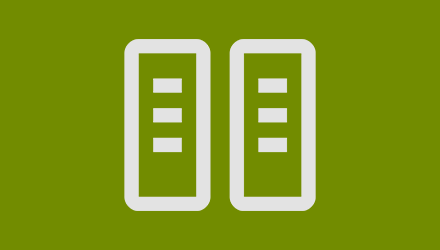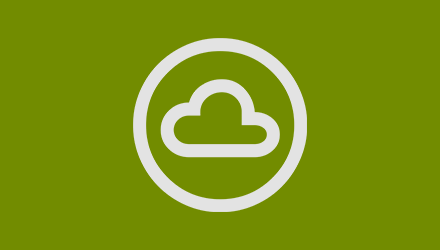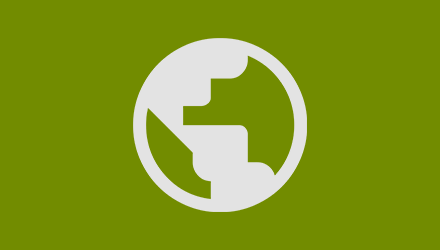Getting Started
Background
We should understand our goal before we get right to work. This can help us keep in mind what we're working towards and can inform how we go about doing it. Running your own server is an excellent avenue to explore what it means to think like a designer and a developer. By taking ownership of our own digital security and privacy, we can help protect our families and communities.
Part 1: Hardware
We need to make sure we understand our hardware requirements and find a machine that supports them. Finally, there are some firmware configuration we should check before installing an operating system.
Part 2: Software
We need to install Debian Linux onto our computer to form a foundation. We will use Docker to create secure, self-contained "virtual operating systems" that are easy to monitor and keep up-to-date. Importantly, we need to create a backup solution and setup remote access for our server.
Part 3: Services
Through Portainer, a browser-based interface, we will install our services using a simple structured syntax known as Docker Compose.
Part 4: World Wide Web
We will configure our local network through our router to prepare for connection. We will use SWAG, a community-driven project to assist everyday people create a secure, self-hosted server. This solution uses a reverse proxy server to route traffic from a domain address to your hosted services. Finally, we will configure your router to connect your server to the internet.





